DIY Solutions for Upholstery Stain Removal
Chosen theme: DIY Solutions for Upholstery Stain Removal. Turn panic into a plan with simple, science-backed methods, real-life stories, and friendly guidance that help you rescue your favorite seats and keep them looking fresh.
Start Smart: Know Your Fabric and Cleaning Codes
Those tiny tags guide every DIY decision. W means water-based cleaners are safe, S prefers solvents, W/S accepts either carefully, and X forbids liquids altogether. Check the tag before mixing solutions, and choose methods that respect your fabric’s limits.
Rubbing pushes pigments deeper and widens damage. Instead, clamp a dry white cloth on the edge of the spill and work inward, swapping cloth sections often. This containment technique prevents halos and preserves pile texture beautifully.
First Response Matters: Blot, Lift, Neutralize
Kitchen Chemistry: Gentle Solutions That Work
Classic Dish Soap Solution
Blend one teaspoon mild dish soap with two cups warm water. Dab, blot, and repeat, keeping the fabric barely damp. Surfactants break surface tension and lift dirt. Comment with your favorite brands and fabric results for fellow readers.

Targeted Tactics: Solve Specific Stains
Blot fast, sprinkle salt to draw moisture, then treat with a dish soap and vinegar solution. For pale, colorfast fabrics only, a drop of 3% hydrogen peroxide can help, but test twice. Share your success so others can toast confidently.
Targeted Tactics: Solve Specific Stains
Tannins set as they dry, so rehydrate with warm water, then use a mild soap and vinegar mix. Blot patiently and follow with a water-only rinse blot. Tell us which approach saved your morning routine and upholstery.

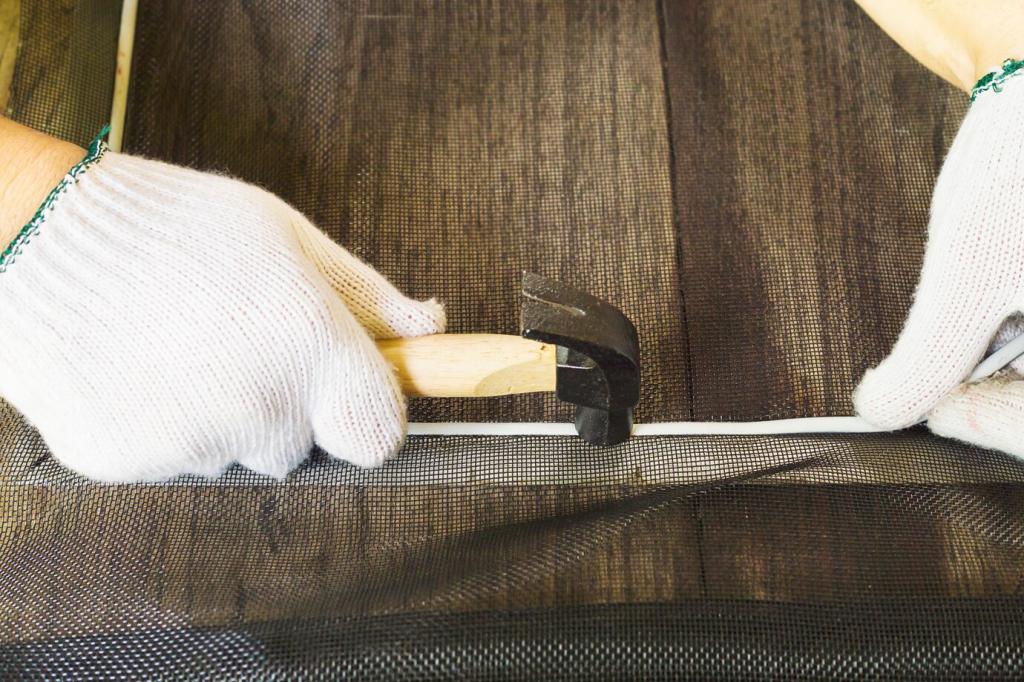
Real-World Wins: Sofa Stories That Teach
A reader spilled Cabernet on a pale loveseat mid-toast. Salt went on immediately, then a soap-vinegar dab-and-blot cycle. After a cool water rinse blot and overnight drying, the spot vanished. Share your celebration saves to inspire newcomers.
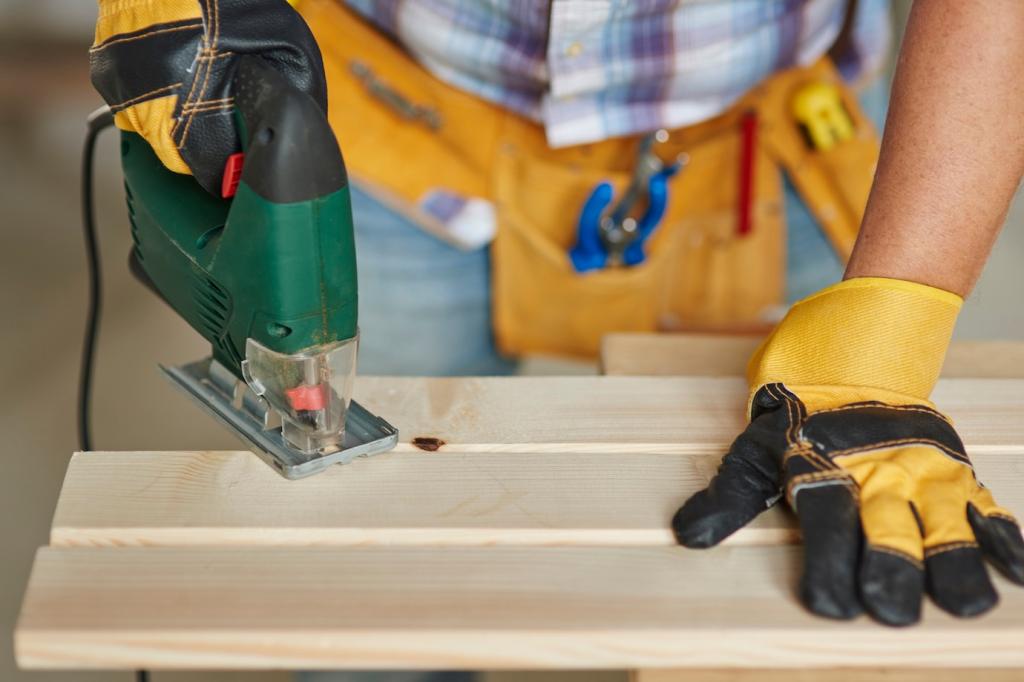
Why It Works: The Science Behind DIY Success
Dish soap molecules cling to oils and water at once, lifting grime from fibers so it can be blotted away. Low foam and gentle agitation protect delicate weaves. Share your experiences comparing soaps and outcomes across fabrics.
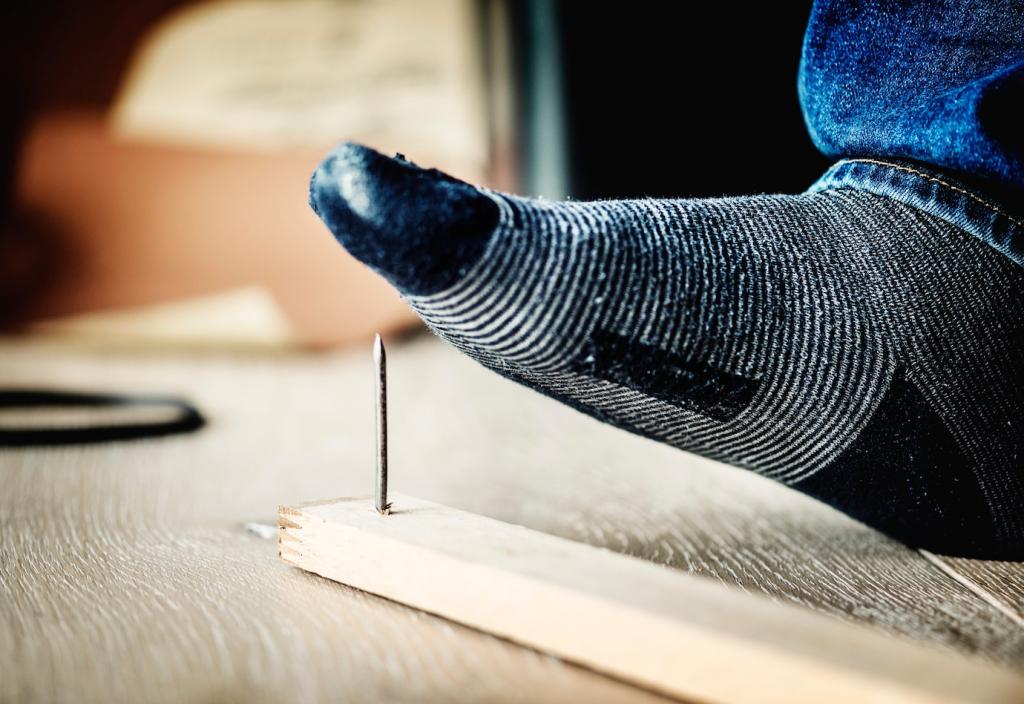
Why It Works: The Science Behind DIY Success
Vinegar’s mild acidity helps with alkaline residues and tannins, while baking soda buffers odors. Balanced pH prevents fiber damage and color shift. Always finish with a water-only blot to remove residues. What balance worked best for you?
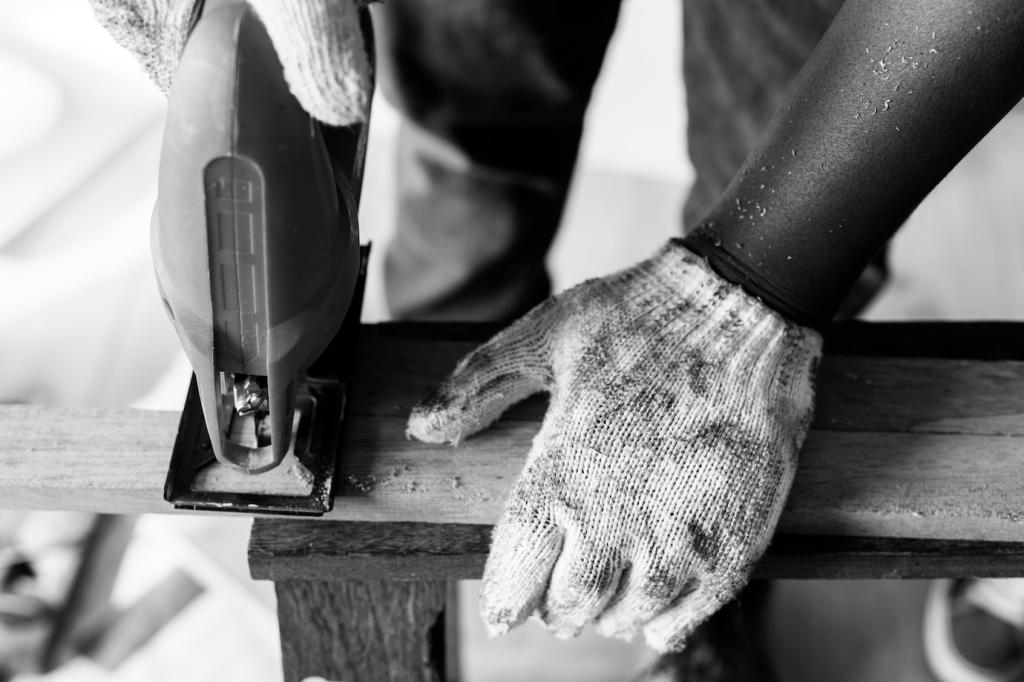
Seal and Shield Wisely
Consider fabric protectors approved for your code, applied sparingly and tested first. They create a barrier that buys time during spills. If you’ve tried a protector that truly helped DIY stain removal, recommend it for our community.
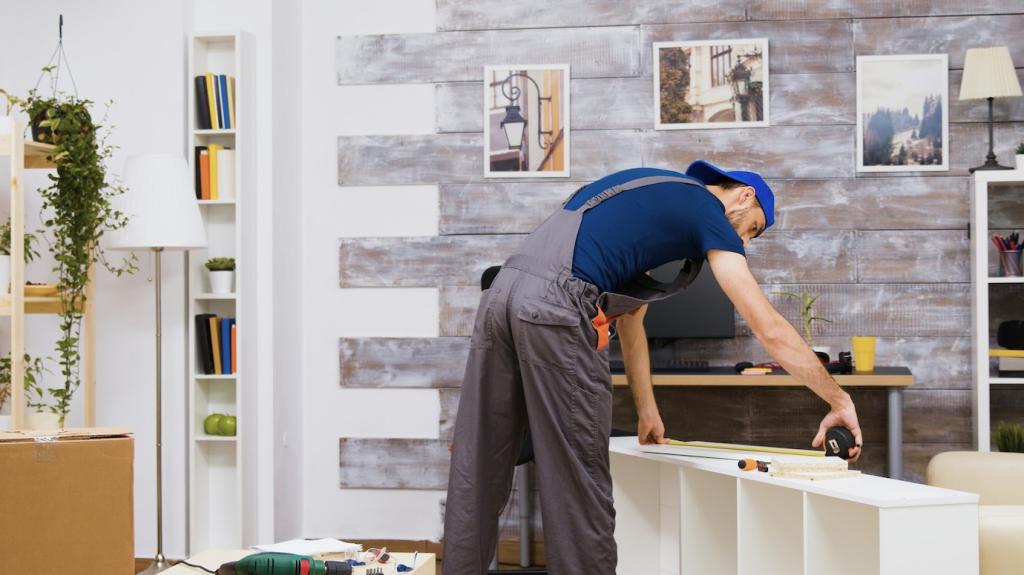
Routine Care That Pays Off
Weekly vacuuming with an upholstery tool lifts grit that can trap stains. Rotate cushions to distribute wear, and spot-check for early trouble. Tell us your maintenance rituals, and subscribe for seasonal checklists tailored to busy homes.
